The content of the article
Many organs and systems are subject to age-related changes. This is especially true for joints, since it is they that account for the majority of the load. Therefore, they wear out so quickly.
The first symptoms of arthritis or arthrosis are a crunch in the knee joint, but the consequences of these diseases are far from always critical. In addition, such symptoms in a child or adolescent cannot be caused by age-related changes - the reason lies elsewhere. Therefore, the question arises: how to find out the real culprit and eliminate it? Let's try.
Causes of a knee crunch
There are several basic prerequisites:
- cavitation;
- lack of fluid in the joints;
- changes in articular cartilage;
- damage to the meniscus of the knee;
- patella deformity;
- malnutrition;
- uncomfortable shoes.
- Cavitation is the most common cause of youth crunch. During the squat, the size of the joint cavity changes and, as a result, fluid pressure arises. Then the knee bends, and the pressure becomes lower. The solubility of gases also deteriorates in the liquid. Since there is oxygen in it, bubbles are created which then burst. As a result, a crunch of the knee joint is heard, but no pain is observed. Please note that crunching is not a disease in itself, therefore it does not require medical treatment. This is quite normal.
- Now you should consider the lack of fluid in the joint. In the cavity is the fluid obtained from the blood, which nourishes the cartilage of the joint. Also her task is to lubricate the surface for perfect glide. Therefore, with a lack of this fluid, a slip disorder is observed, due to which the joints begin to crackle. This, in turn, can lead to the destruction of cartilage.
- Another reason for the crunch is considered to be changes in the cartilage. The knee joint is covered with smooth cartilage, characterized by elasticity, which is more like a sponge. During walking, articular fluid comes out of this “sponge”. If the cartilage is unclenched, it is absorbed back. It contains the nutrients and oxygen that cartilage needs. When they are not enough, it begins to collapse. As a result, small pieces of cartilage fall away and float in a sinusoidal fluid. Such small debris can cause a crunch in a joint that does not cause pain. True, larger pieces will lead to periodic “jamming” of the joint - the so-called “articular mouse”. Although such debris sometimes resolves, the place from which they fell in the joint does not go by itself. As a result, congruence is broken - a good correspondence of the surfaces of the cartilage to each other.
- Also, damage to the meniscus in the knees can lead to a crunch. So called cartilaginous plates located between the bones that form the joint. Damage leads to the separation of the plates into fibers. In this case, a crunch appears when the bones "roll" through them.
- Patella deformity may be another cause of this symptom. The patella is a small bone that covers the joint in front. Most often, after an injury, a high load, a tumor, the posterior surface of this bone loses its smoothness. Therefore, during movement, it begins to move relative to the joint. Thus, a crunch appears, and after a while it begins to be accompanied by pain.
- Malnutrition is a common cause of crunch in the knee joint. Often it occurs due to excessive consumption of sweet or salty foods.If you refuse them at least for a while, you will forget about this unpleasant symptom.
- A crunch also appears when wearing uncomfortable shoes. Although this applies primarily to women, men should also not neglect their comfort. To avoid knee problems in the future, you need to:
- pay attention to the length of the heel - it should be no more than 4 cm;
- Do not buy flats.
Neglect of the latter factor may lead to flat feet. In this case, the ligaments and muscles are gradually weakened and, as a result, some of the load falls directly on the knee joint.
It may seem to an inexperienced person that a crunch in the knee joint is just a small trifle. However, this symptom may be a signal of the development of a disease of the musculoskeletal system. Therefore, do not ignore it, especially if it is accompanied by pain or swelling.
Why do joints of a child crackle
Young mothers are scared if they hear a crunch in the joints of their own baby. Why is this happening? And is there any reason for worries?
The fact is that the system of the musculoskeletal system of an adult is different from that of young children. Therefore, in the case of an adult patient, a crunch in the knee joint can signal a disease, while for a baby this is a normal physiological development. You can not focus on hearing clicks or a crunch in the joint. Especially when you consider that in children they occur quite often. Since their muscle system is still developing, you can be calm. Over time, crunches will pass.
In the case of a teenager, a crunch can signal a restructuring of the body. Basically, it goes to 16 years, when the body is finally formed. However, if it is accompanied by pain, it cannot be ignored. A symptom signals the development of a disease. For example, it can be gouty arthritis, inflammation, arthrosis, ankylosing spondylitis and so on. Also, a symptom may indicate an infectious or rheumatoid polyarthritis, which is extremely rare.
How to get rid of a crunch in the knee joint
The vast majority of doctors believe that you need to consult a specialist if the crunch is accompanied by pain. In other cases, most likely, there is no cause for concern. In order to get rid of it, first of all, it is necessary to undergo an examination, during which the reason for the appearance will be clarified. Please note that such examinations should be carried out every 6 months for prevention.
In some cases, there is no need for medical treatment. To get rid of a crunch in the knee joint, you need to:
- Use vitamins or multivitamin complexes with a large amount of calcium and magnesium;
- Eat more foods that contain a lot of calcium: cottage cheese, kefir, milk, sea and river fish (low-fat varieties). Thanks to this, your body will be able to repair damaged areas in the knee joint. This is especially important for the growing organism;
- Exclude salty and sweet foods. In particular, you should not use chips, marinades, sweets, canned salt and cakes. Why? The fact is that the regular use of this food leads to the accumulation of salts in the body, which, in the first place, are deposited in the joints. Moreover, when the critical mass is reached, the joint will become inflamed, which will lead to problems with its functioning. It is recommended to replace unhealthy foods with vegetables and fruits;
- Train moderately. This is especially true for those who are prone to joint diseases from birth. In this case, you should carefully approach the choice of a suitable sport.It is recommended to exclude athletics, as well as football, basketball and volleyball - these sports will only aggravate the disease. It is best to do swimming, gymnastics or scratching. Please note that you can not completely give up physical activity;
- Knead the knee regularly. Thanks to this, you will not feel discomfort while walking. It is also recommended to include exercises such as “bicycle”, “scissors” and “birch” in the morning exercises.
We get rid of the crunch folk remedies
There are a huge number of alternative medicine methods, thanks to which you can forget about the crunch in the knee joint. Among them, the most effective are compresses that need to be applied to the knee:
- Lemon juice and vegetable oil. Mix 1 tbsp. lemon juice and 5 tablespoons oils. Then soak a piece of cloth with this mixture, wind it to the knee using a bandage. After 60 minutes, you can remove the bandage. After this, you need to do a massage, and at night wrap your knee with a warm scarf;
- Wheat bran and dairy products. First of all, pay attention to the fact that you need fresh milk. Mix the ingredients in a 1: 1 ratio and apply the mixture to the joint. Then cover it with a film and wrap it with a scarf. The compress should be on the knee for 30 minutes, after which you can remove it and rinse the knee with warm water. In conclusion, you can lubricate the skin with a nourishing cream;
- Fir cones. For this compress you need fresh and dry fir cones. One lump should be infused in a glass with boiling water for 12 hours. After that, pull it out and drink the tincture. The course of treatment lasts a week, 2 times a day. Although the tincture is very unpleasant in taste, it is an excellent remedy for crunching in the knee joint;
- Cinquefoil tincture. You will need 50 grams of roots and 0.5 vodka. Put the roots in an airtight container, pour vodka and put for 3 weeks in a dark place. Please note that the tincture should be stored in a dark glass bottle. It must be consumed every time before eating, one teaspoon diluted with a third glass of water;
- Tincture of calamus, 2 parts of pine and lemon balm buds, 3 parts - oregano. All ingredients must be thoroughly chopped and mixed. After that, for 1 liter of boiling water you need to throw 3 tablespoons of the mixture and simmer for about 10-15 minutes. It is necessary to eat 30 minutes before lunch.
Gymnastics vs crunch in the knees
To permanently get rid of a crunch in the knee joint, you need to do exercises every day. Do not bring yourself to exhaustion, on the contrary, it is recommended only to keep fit, and not set world records. Best for this are swimming, cycling, squats.
Gymnastic exercises (each must be performed in a prone position):
- Straighten the right leg, then bend the left at a right angle. Bend your right limb and press it to your chest. After that, quickly raise the right leg and return it to its original position. Do the same with the other limb;
- Straighten your legs. Press the knee to the floor, tighten all the muscles as much as possible. Hold him in a similar position for 5-6 seconds., Relax and do the exercise with the other leg;
- Place your buttocks with your hands, hold your breath and retract your stomach. After that, raise straight legs by 9 centimeters and cross them (as in the exercise “scissors”). Please note: the lower back should not be torn off the floor;
- Stretch your legs so that your knees are pressed to the floor from the inside. Keep your feet directly shoulder width apart. Then slowly rotate each leg in turn. Please note: knees should not be bent;
- Lift both legs up, slightly bending at the knees, and “pedal”. To achieve the best possible result, perform movements slowly, and also control their correctness.
Please note that such exercises should not bore you. Therefore, it is recommended to choose the optimal load level and adhere to it. Over time, exercises will be given very easily, and a little later you will completely forget about a crunch in the knee joint.
Video: why your knees crunch

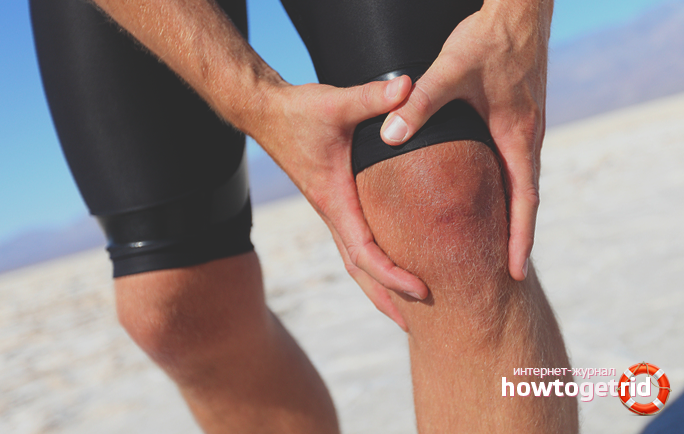
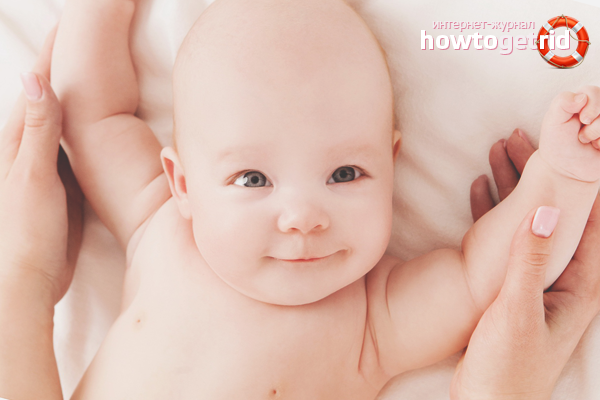
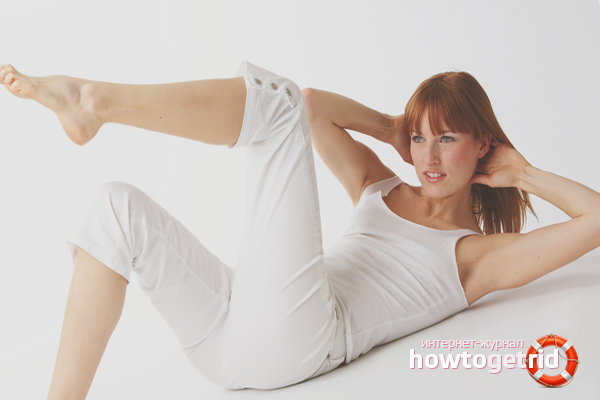
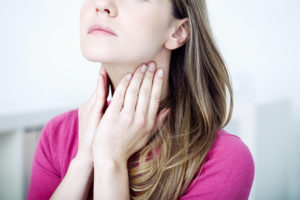

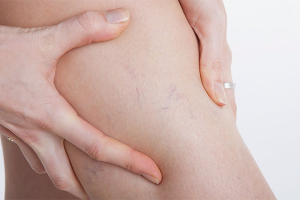

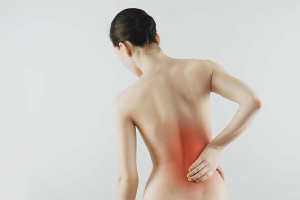
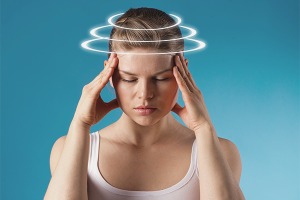


Submit